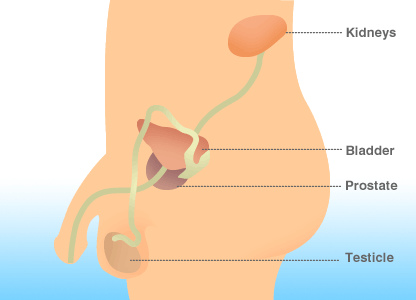Hidden prostate cancer tumours evade treatment: study
 Toronto, Oct 9 - Canadian researchers have found that some hidden prostate cancer tumours cannot be diagnosed with the current procedures.
Toronto, Oct 9 - Canadian researchers have found that some hidden prostate cancer tumours cannot be diagnosed with the current procedures.
Researchers at Toronto University say their findings explain why some men with elevated prostate specific antigen (PSA) levels who are carefully monitored and undergo repeated negative biopsies still develop aggressive prostate cancer.
They say these hidden tumours located on the top of the prostate evade traditional diagnostic procedures, including ultrasound-guided needle biopsy.
In their research, published Thursday in the British Journal of Urology International, the Canadians say that magnetic resonance imaging (MRI) is the best tool to reveal such tumours.
As part of their research, a team of urologists, surgeons, radiologists and pathologists studied 31 patients who had positive biopsy results and tumours on top of their prostate as shown on MRI.
They found that MRI was able to help diagnose hidden prostate tumours 87 percent of the time.
"Our findings identify a specific high-risk group whose tumours are difficult to diagnose because of location. These men benefit from MRI, which guides the biopsy procedure with a high degree of accuracy," said study author Nathan Lawrentschuk, urologic oncology fellow at the university.
"The research team calls the clinical presentation of elevated PSA and repeated negative biopsy results 'prostate evasive anterior tumour syndrome' (PEATS)," he added.
Lead researcher Neil Fleshner said: "Knowing about PEATS may also be important for men already on 'active surveillance' - patients with slow-growing prostate cancer who are being regularly monitored through PSA testing and biopsy.
"Every man does not need an MRI, but knowing about PEATS will help us identify those who do." (IANS)